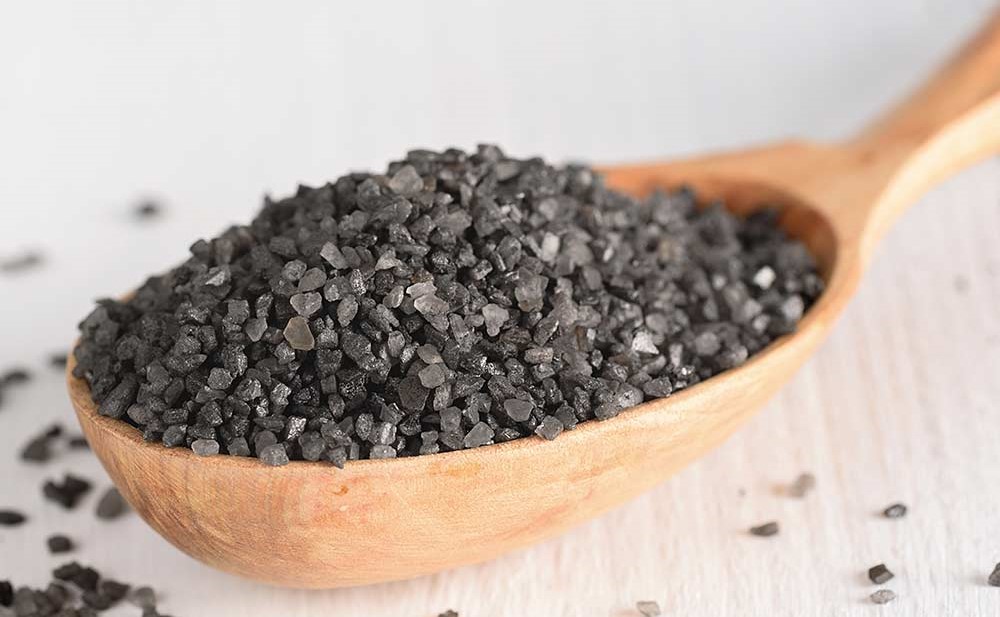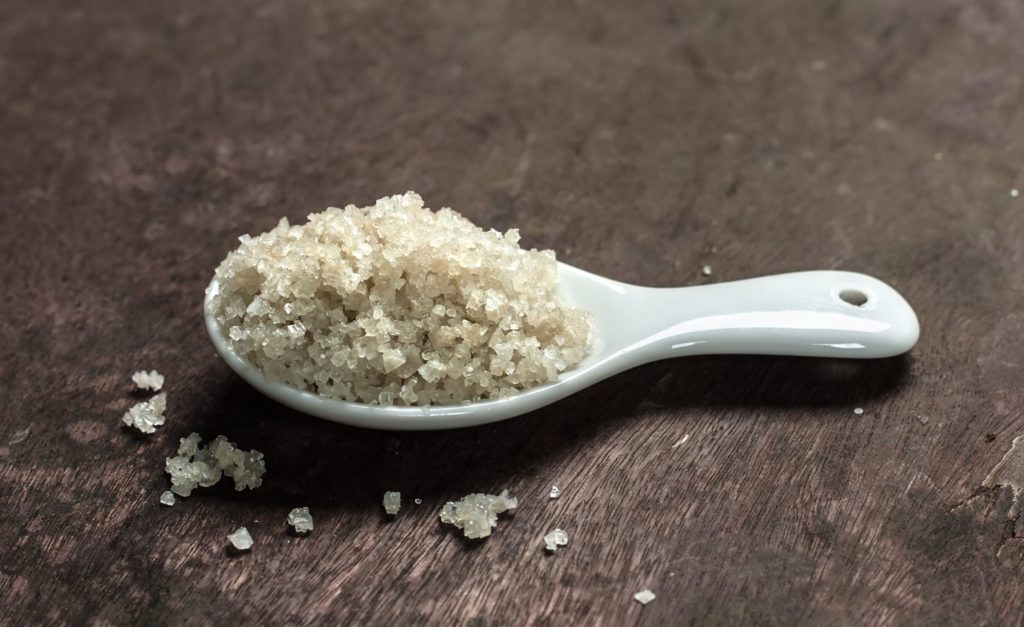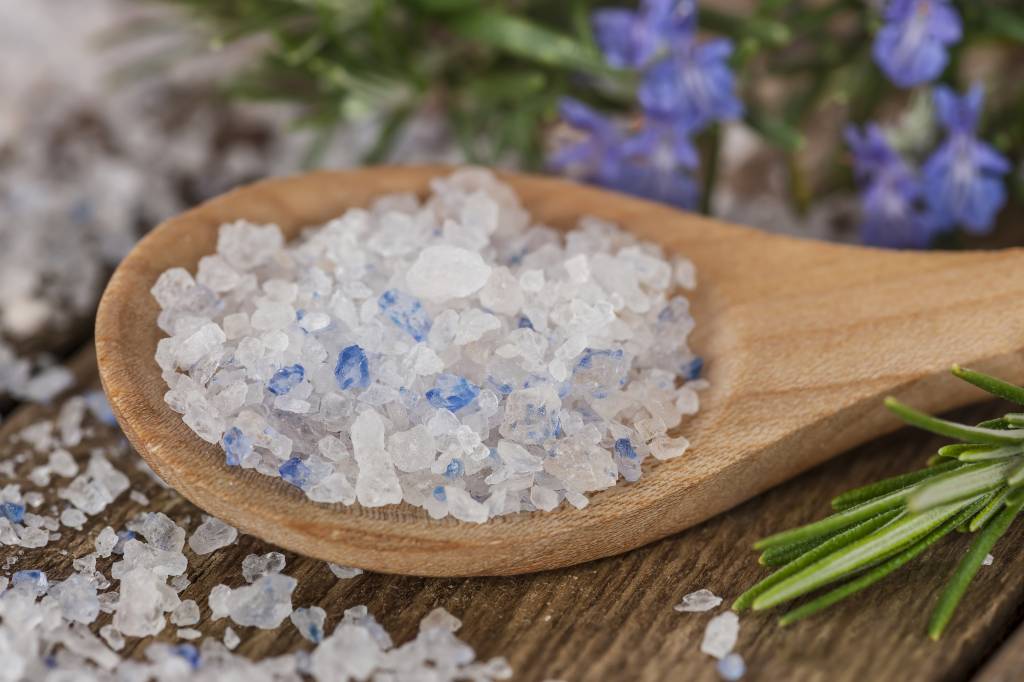That pinch that should not be missing in almost any dish: SALT. An indispensable ingredient in the kitchen is the great ally of all flavors, highlighting them, balancing them, and making any meal a delight for the palate.
Little by little, from the world of gastronomy, we have been taking different elements for our daily preparations; without a doubt, in recent years, salt and its different types have taken root in our kitchens —and even in treatments. But what is the difference between sea salt and pink Himalayan salt? Do the flavors affect it? What is the most suitable for your daily diet? Well, today we show you a list of 5 types of salt and what use you can give it in your kitchen. Shall we start?
Table salt and sea salt

It is the most known for being very easy to find in the supermarket; it is one of those that are never missing from the pantry. Usually extracted from sea salts, it is processed to obtain that fine texture. Its advantage is that it dissolves easily and quickly during preparation, making it ideal for correcting flavors.
On the other hand, sea salt is usually thicker, and as a curious fact… It does not always come from the sea! This type of salt can also be extracted from some mines and therefore has a characteristic appearance. It is perfect for pickles, red meat, and fish.
Black salt and Kala Namak salt

The black salt is extracted from Hawaii, and when it is mixed with activated charcoal, this particular color is obtained. It is perfect for meats and fish that will be prepared on the grill, as it gives it a deeper smoked touch; it is also used for decoration, as it contrasts very well with almost any color.
Unlike black salt, Kala Namak salt is extracted from a mine in India and its color is grayer because it has more sulfur among its elements. It is precisely that element that makes this salt stand out because it provides a slight egg flavor for vegans and highlights the flavors of spicy dishes and some yogurt sauces.
Pink salt or Himalayan salt

The beautiful tone of this popular salt is due to its origin. We are talking about the mine in Khewra, Pakistan, because its high concentration of iron gives it that pink color. It can have different thicknesses, and little by little has become a substitute for table salt and a great element of decoration.
Gray salt or Celtic salt

Extracted from the Celtic Sea, it has a high potassium and magnesium content, and due to its artisan production, it does not contain any other additives. According to experts, this salt has a “sea” flavor. It should be noted that it does not dissolve quickly, as it can only be found in coarse grains.
Persian blue salt

With an extraordinary color! This salt comes from a rock that was formed after the evaporation of some seas or lakes and can only be extracted from the mountains of northern Iran. Its peculiar color is due to the high content of potassium chloride. It also has a mild and slightly acidic flavor, making it delicious with foie gras, truffles, seafood, meats, and some cocktails.
Worm salt

A salt of 100% Mexican origin is made with dry, roasted, and ground maguey worm, to which salt and chili are added to obtain an explosion of flavors. It is ideal to accompany mezcal, but you can also add it to those delicious roasted corn or a plate of crudités.
Which one will you add to your pantry?


